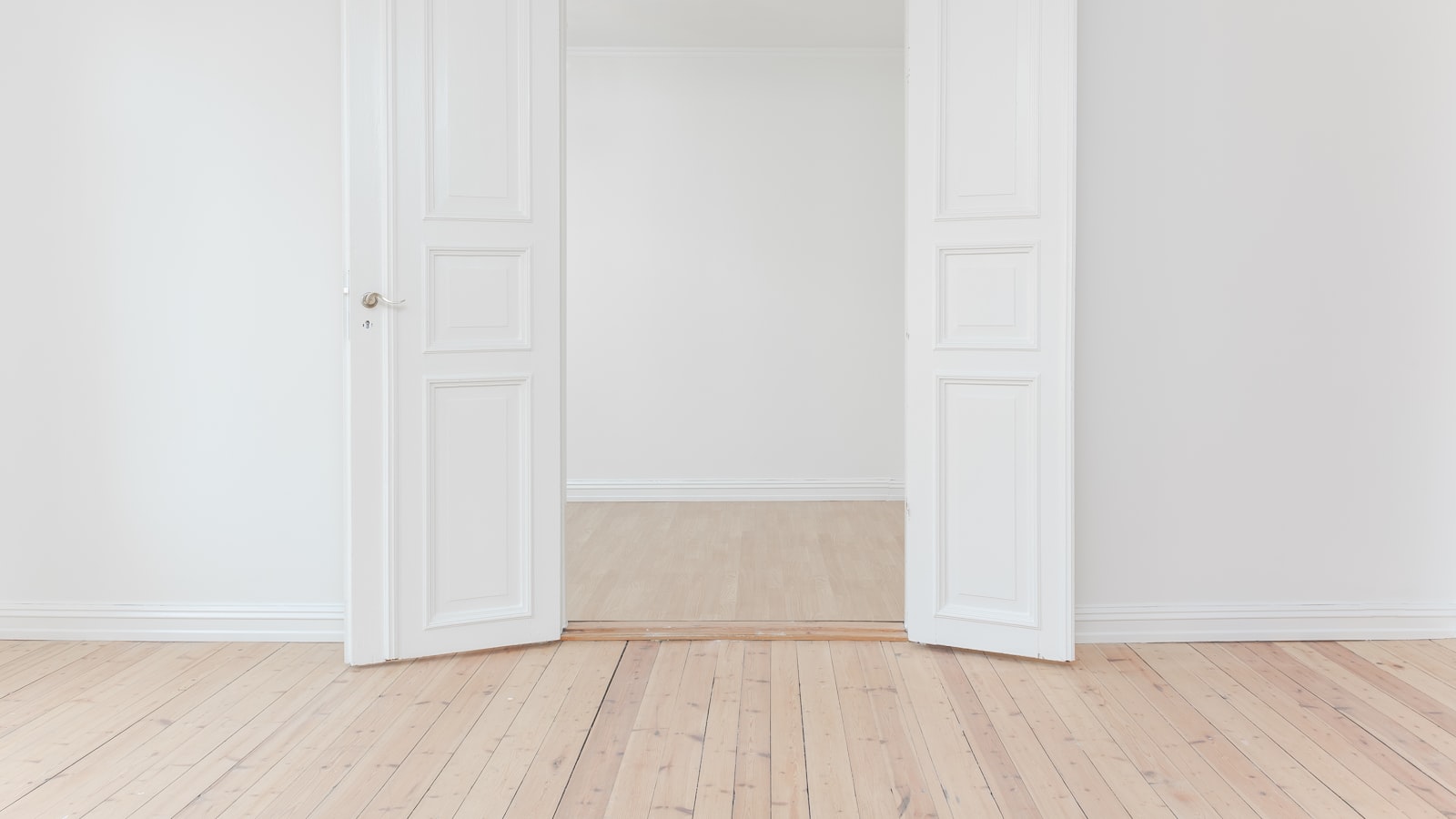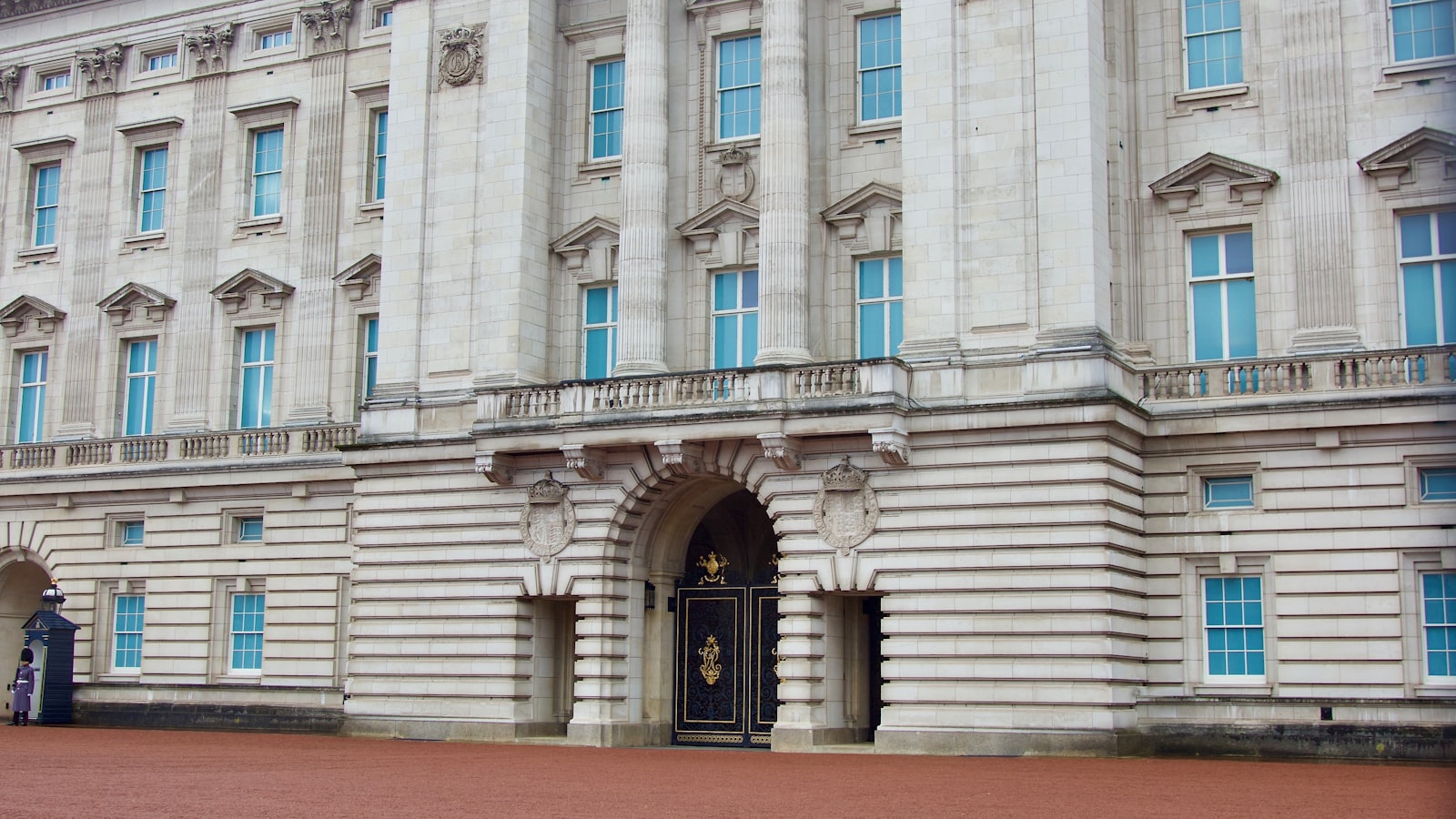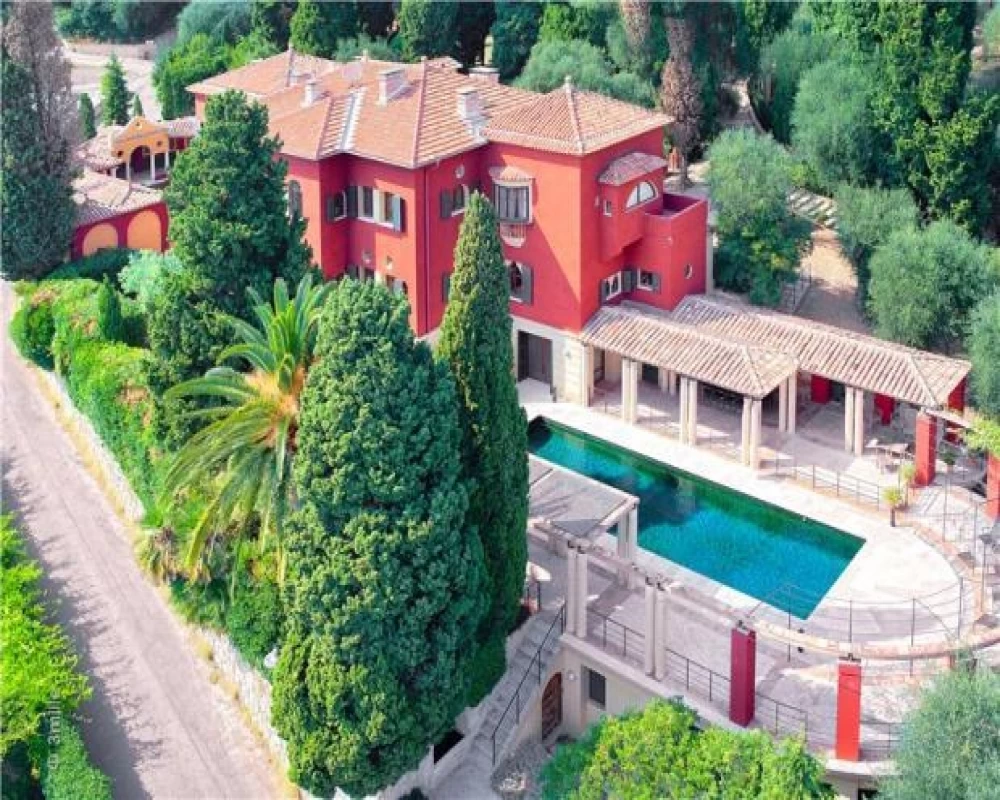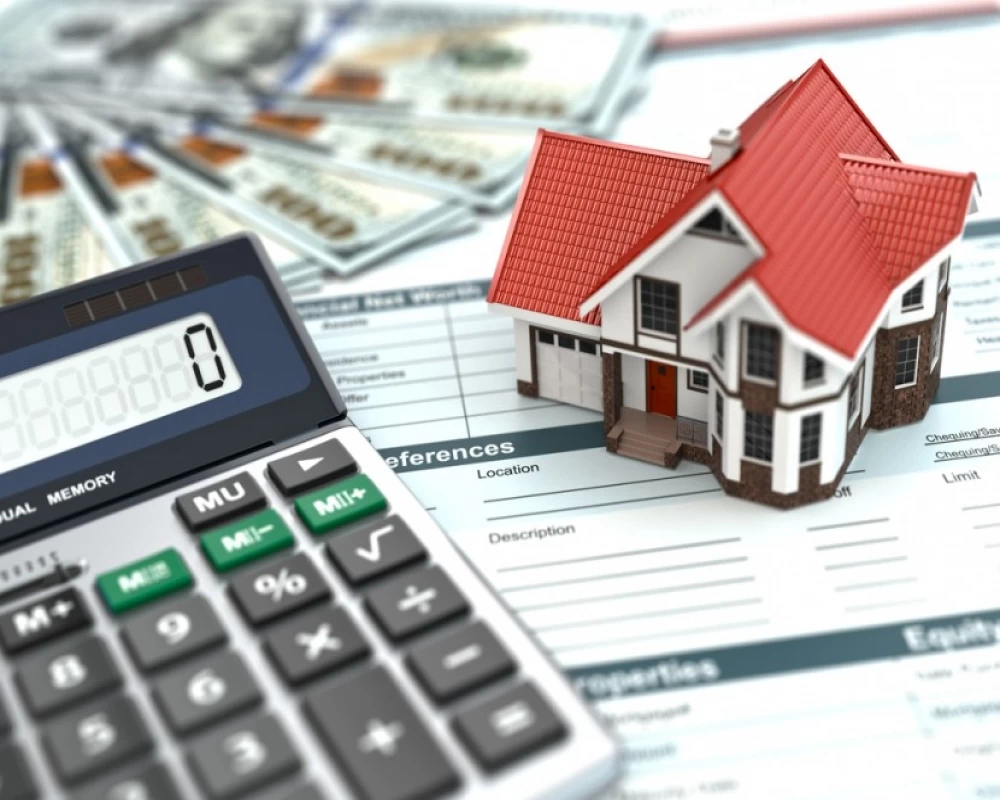The global real estate market is a dynamic and ever-evolving industry that plays a crucial role in the global economy. As we look ahead to 2023, it is essential to gain a comprehensive understanding of the current state of the real estate market and make informed projections for the future. This article delves into the intricacies of the global real estate market, providing a detailed analysis and forecasts for the year 2023.
Introduction
The global real estate market has always been a significant contributor to economic growth and development. In recent years, it has witnessed remarkable transformations driven by various factors such as economic trends, demographic shifts, technological advancements, and environmental concerns. The year 2023 presents an exciting landscape for the real estate market, characterized by new opportunities, challenges, and trends that shape the industry.
Factors Influencing the Global Real Estate Market
The global real estate market is influenced by several key factors that impact its performance and growth potential. These factors include:
Economic Conditions
Economic conditions, such as GDP growth rates, interest rates, inflation, and employment levels, significantly impact the real estate market. A robust economy fosters demand for both residential and commercial properties, attracting investors and driving market expansion.

Demographic Trends
Demographic factors, such as population growth, urbanization, and changing household structures, have a profound impact on the real estate market. Understanding the preferences and needs of different demographic groups helps shape investment strategies and market offerings.
Technological Advancements
Technological advancements have revolutionized the real estate industry, leading to improved construction techniques, smart homes, virtual property tours, and digital marketing platforms. Embracing technology is crucial for real estate companies to stay competitive and meet evolving consumer expectations.
Environmental Considerations
Increasing environmental awareness has influenced the real estate market, with sustainability and energy efficiency becoming key priorities. Green buildings, eco-friendly practices, and renewable energy integration are gaining prominence, providing opportunities for innovation and investment.
Government Policies and Regulations
Government policies and regulations play a vital role in shaping the real estate market. Policies related to taxation, land use, zoning, and urban planning influence property prices, market liquidity, and investment attractiveness.
Regional Analysis
The global real estate market exhibits significant regional variations in terms of market dynamics, trends, and investment opportunities. Let's explore the key regions and their characteristics:
North America
North America boasts a mature real estate market, with the United States and Canada leading the way. The region offers stable economic conditions, diverse investment opportunities, and a well-developed infrastructure. The residential sector remains strong, driven by population growth and urbanization trends.

Europe
Europe's real estate market is characterized by its diversity, with variations in economic conditions, regulations, and cultural factors across countries. Urban centers like London, Paris, and Berlin offer prime investment opportunities, while emerging markets in Eastern Europe show great growth potential.
Asia-Pacific
The Asia-Pacific region is witnessing rapid urbanization and economic growth, driving demand for real estate. China, India, and Japan are the key players in this market, offering vast investment potential in both residential and commercial sectors.

Latin America
Latin America presents a mixed real estate landscape, with countries like Brazil, Mexico, and Argentina showcasing diverse opportunities. Emerging middle-class populations, urbanization trends, and favorable government policies contribute to the growth of the real estate market in the region.
Middle East and Africa
The Middle East and Africa region exhibit varying real estate markets, with countries like the United Arab Emirates, Saudi Arabia, and South Africa standing out. Rapid urban development, infrastructure projects, and increasing foreign investments shape the market dynamics in these countries.
Market Segmentation
The global real estate market can be broadly segmented into several categories based on property types and usage. Let's explore these segments:
Residential Real Estate
Residential real estate encompasses properties intended for personal use, including houses, apartments, condominiums, and townhouses. Factors such as population growth, urbanization, and lifestyle preferences influence the demand for residential properties.

Commercial Real Estate
Commercial real estate refers to properties used for business purposes, such as office buildings, retail spaces, and industrial parks. Economic conditions, business expansion, and consumer trends impact the demand and profitability of commercial properties.
Industrial Real Estate
Industrial real estate includes properties used for manufacturing, warehousing, and distribution purposes. The rise of e-commerce and global supply chains has increased the demand for industrial spaces, particularly in logistics hubs and key transportation corridors.
Hospitality and Tourism Real Estate
Hospitality and tourism real estate comprises properties such as hotels, resorts, vacation rentals, and hospitality infrastructure. Global travel trends, tourist arrivals, and destination popularity influence the growth and profitability of this sector.
Emerging Trends and Technologies
The global real estate market is experiencing several emerging trends and technologies that are reshaping the industry. These include:
PropTech
PropTech, or property technology, refers to the use of technology and innovation to enhance efficiency, transparency, and convenience in the real estate sector. PropTech solutions include virtual reality tours, blockchain-based property transactions, and smart home automation systems.

Co-living and Co-working Spaces
The rising popularity of co-living and co-working spaces is transforming the way people live and work. These shared spaces provide flexibility, cost-effectiveness, and community-oriented environments that cater to the evolving needs of modern professionals.
Sustainable and Green Buildings
Sustainability has become a significant focus in the real estate industry. Green buildings, energy-efficient designs, and eco-friendly practices not only reduce environmental impact but also provide long-term cost savings and enhance property values.
Investment Opportunities
The global real estate market offers a multitude of investment opportunities for individuals and institutions seeking to diversify their portfolios. Some key investment avenues include:
Residential Properties in Emerging Markets
Investing in residential properties in emerging markets can yield substantial returns due to factors such as population growth, urbanization, and increasing middle-class populations. Careful market analysis and understanding local regulations










